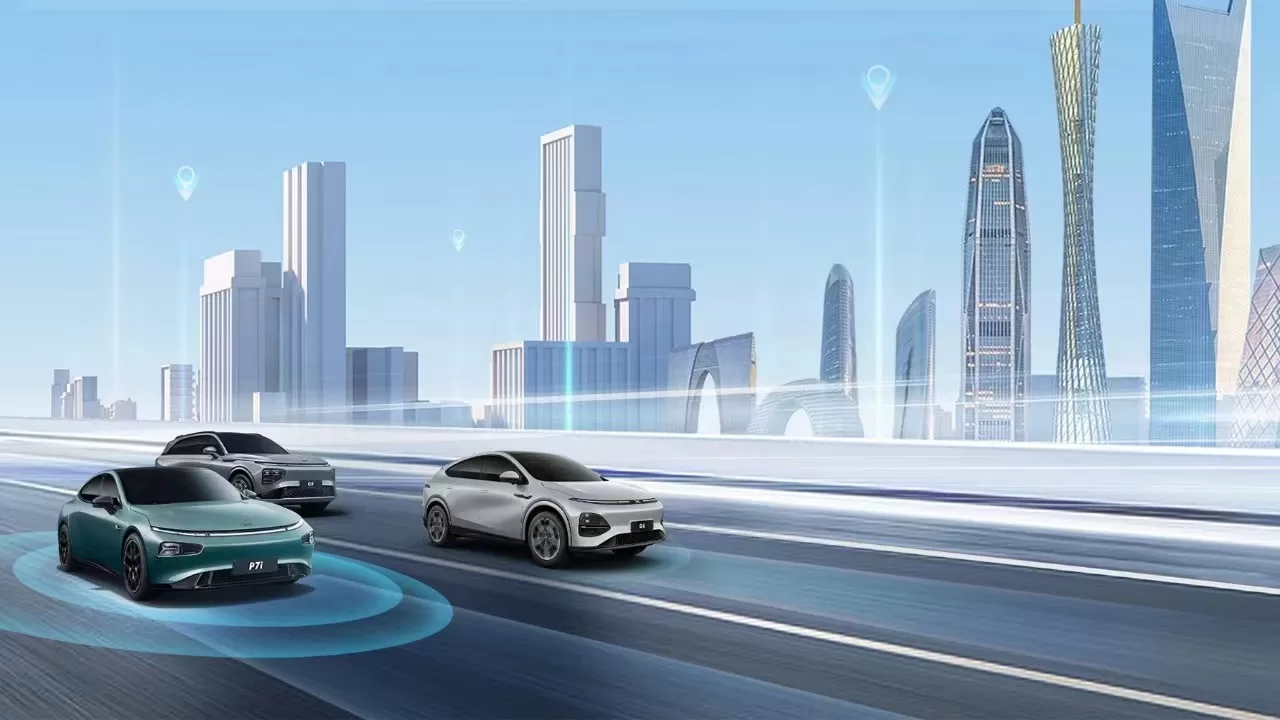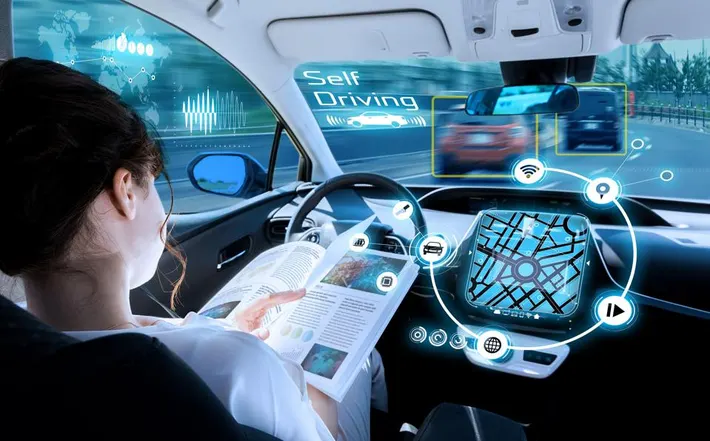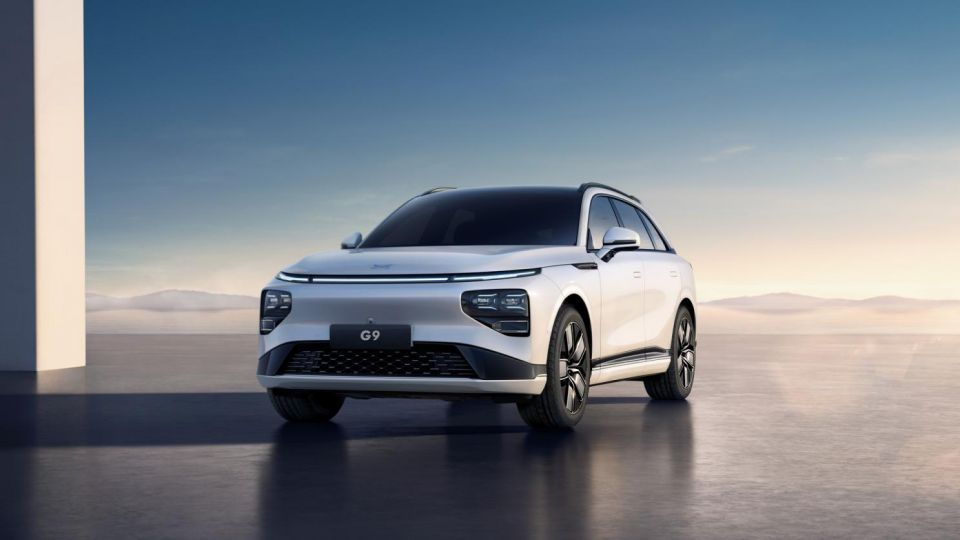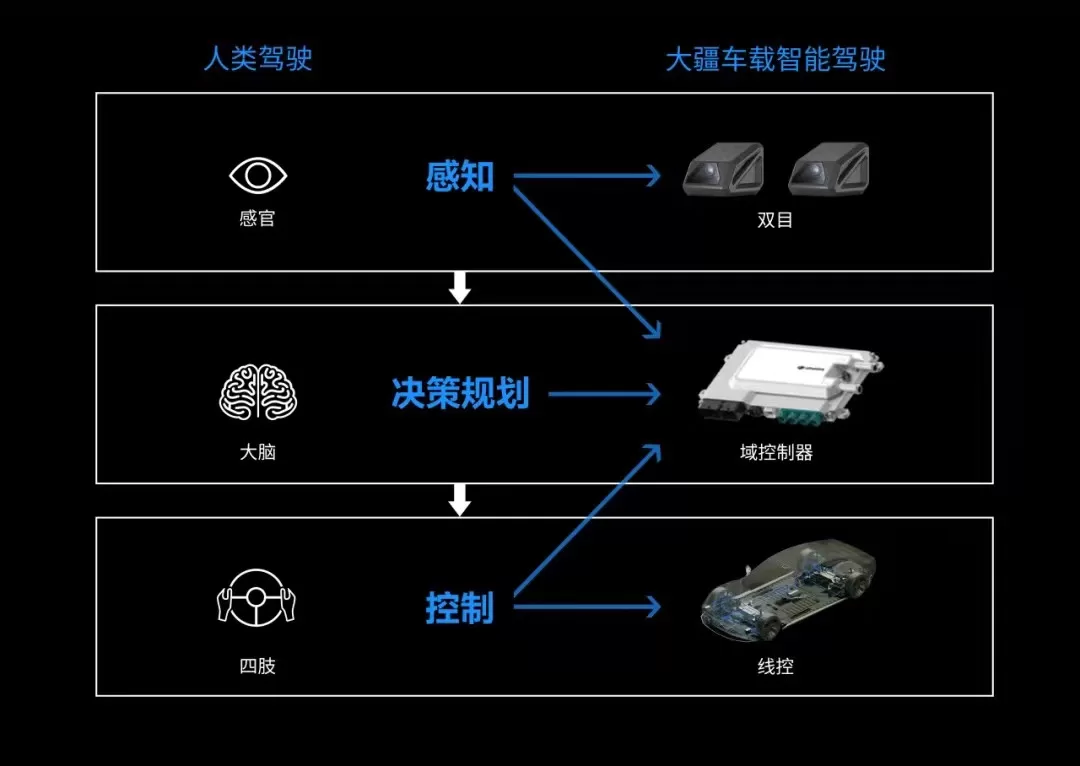Looking back on the past year in the autonomous driving industry, “rationality” is a key word that runs through it. Whether it’s the obvious cooling of the capital market or OEMs no longer obsessing over piling up sensors and computing resources, it highlights the industry’s consistent pursuit of “rationality.” It is also under this trend that consumers usher in a new era of “ADAS standard configuration.” According to data from the GAC Research Institute, as of 2023, the penetration rate of L2-level autonomous driving functions in China has exceeded 40%, and is expected to exceed 65% by 2025. Looking at the entire new energy vehicle market, autonomous driving capabilities are gradually becoming a “battleground,” and the competition between NOA levels and the number of open cities is becoming increasingly intense. By 2024, who will have the upper hand, who will come from behind, and how will the market landscape be rewritten are all unavoidable topics in the autonomous driving industry.
The method of breaking the “phenomena of sentient beings” In fact, from the development of the autonomous driving industry in 2023, we can glimpse some trends and directions. For example, more and more car companies and autonomous driving companies are joining the progressive technology route, while the leapfrog camp represented by Waymo and Cruise is facing significant challenges. A traffic accident in October last year plunged Cruise into a development dilemma, not only suspending its unmanned driving business in the United States, but also facing regulatory scrutiny. On the other hand, Waymo, which is planning to expand to Los Angeles, is also facing challenges. For Waymo, the main problem it faces may be overfitting to the roads of San Francisco, so when expanding its business, it needs to collect more road information and train and optimize the system model. Nullmax founder and CEO Xu Lei once said that to truly achieve meaningful L4 level functionality, the challenge remains quite significant. First, it is necessary to solve various problems within the operational range of L4, such as understanding traffic police gestures. Secondly, it is necessary to quickly expand the scale of operations. The realization of these goals is also based on a major premise – the leapfrog technology route needs to find more meaningful unmanned scenarios, not just limited to relatively closed ports and docks. In fact, this is also one of the reasons why many domestic autonomous driving companies choose the progressive route, especially in the process of commercialization. The progressive technology route can enter the passenger car front-loading market, thereby accumulating more mass production experience and resources for themselves. Recently, the first batch of L3 level highway road test licenses was officially issued in the country. Avita, Deep Blue, Arctic Fox, Zhiji, and Sailors and other car companies will gradually start L3 level road tests. However, considering that the relevant regulations still need to be improved, and the realization of automatic driving levels and technical functions often cannot be directly equated, taking a gradual route may be the choice of more automatic driving companies. It should be noted that gradual does not mean slacking off. The landing goal of urban NOA has entered a concentrated realization period, and the requirements for major car factories cannot be the same. At the end of November last year, Xiaopeng’s new version OTA – Xmart OS 4.4.0 was fully opened. In addition to the first batch of 25 cities, the second batch of 27 cities has also been announced and will be opened in early 2024. Avita’s 11 Hongmeng version of Smart Enjoyment Upgraded Edition has also been officially launched, which can provide NCA functions that do not depend on high-precision maps. As the scale of the “heavy perception, light map” camp continues to grow, the technical path of automatic driving perception modules has tended to converge. The Institute of GAC Research also believes that in the future, host manufacturers will pay more attention to independent research and development of software technology and algorithm technology. Solutions that are primarily based on visual perception are expected to gain more recognition from car companies. Some automatic driving players without deep cooperation projects and without deep layout in the perception algorithm field may fall behind or even be eliminated. Furthermore, data is still the moat for automatic driving companies and OEMs. Currently, there are still significant differences in the maturity of the closed-loop data building, and the iteration efficiency of automatic driving companies and car companies. Therefore, the current stage of closed-loop data capabilities will directly determine the level of automatic driving. Still, the amount of data is important, but a large and high-quality dataset is even more important.
Undoubtedly, with the support of advanced artificial intelligence technologies, the development of the autonomous driving industry will continue to accelerate. However, it is also evident that the entire market has shifted from its initial high to a period of calm. Recently, “the first stock of autonomous driving,” TuSimple, announced its voluntary delisting from Nasdaq. This news cast a shadow over the autonomous driving industry and laid the groundwork for more autonomous driving companies to switch to Hong Kong stocks and the Sci-Tech Innovation Board. Starting in 2023, more than 10 autonomous driving companies with plans to go public have been revealed or exposed, including WeRide, Momenta, Uisee, Plus, Pony.ai, Black Sesame Technologies, Horizon Robotics, Turtlear, DeepRoute, SinoNavi, Hesai, and UISEE Innovation. Among them, SinoNavi and Momenta successfully went public last year. In addition, public data shows that in 2021, there were over 140 investment events in the domestic autonomous driving industry, with a total financing scale of over 93 billion yuan; in 2022, there were about 128 investment events in the autonomous driving industry, with a financing scale only a quarter of that in 2021; by 2023, there were less than a hundred cumulative investment events in the domestic autonomous driving industry, with few financing disclosures of 1 billion yuan. “Rational” or “cooling” can both be used to describe the current autonomous driving investment market. Capital has become more cautious, requiring relevant companies to accelerate the commercial application of their products and expand their financing channels. It is not difficult to foresee that the team of autonomous driving IPOs will continue to expand. But ultimately, going public is not the end. With more challenges on the horizon, autonomous driving companies can only secure a place by maintaining their core strengths. Can the “cost-effectiveness” continue to roll?
When it comes to development, most people think of technology, innovation, and talent. However, looking back at 2023, “bloodless price wars” and “ultimate value for money” have become the key words for competition among autonomous driving companies. Last year, Black Sesame Intelligence managed to control the BOM cost of the domain controller for the supporting 10VNOA function within 3000 yuan (420$), and Horizon also plans to integrate mid-to-low-end smart driving chips into its future product series. Horizon’s Intelligent Automotive Business Unit President Zhang Yufeng previously stated, “Now users pay more attention to value for money, and won’t purely pursue high-end smart driving solutions that cost tens of thousands of yuan, because these solutions cannot yet provide a good driving experience.” At the same time, Horizon’s Vice President and President of the Software Platform Product Line, Yu Yinan, also mentioned that mass production and delivery efficiency are the core challenges facing the industry. For Tier 2, the rapid increase in smart car penetration and the need for cost reduction are more significant than before. Promoting the localization of core components and increasing integration has become an important cost reduction strategy. In fact, in addition to Tier 2, Tier 1 is also committed to cost optimization. For example, NavInfo has launched the lightweight map product HD Lite and the lightweight version of the navigation assistance driving system NOP Lite. Compared to HD Pro, HD Lite can reduce the map procurement cost of urban NOA to about half. Earlier, Momenta also released three smart driving assistance products with “ultimate cost-effectiveness”, HP170, HP370, and HP570. Among them, HP170 is a high-speed mapless NOH at the 3000 yuan (420$) level, and all three products will achieve mass production by 2024. From the perspective of autonomous driving companies, promoting cost-effectiveness is not only to meet the downstream customers’ demand for cost reduction, but also to gain more market share, either by adjusting strategies or by taking the initiative. The Global Automotive Research Institute pointed out that by 2024, the cost of both hardware and software algorithms for autonomous driving systems will decrease significantly. Companies with cost-effective technical solutions are expected to receive more orders. Some foreign-funded enterprises, especially luxury brands that are lagging behind in the field of intelligent driving, may consider investing in domestic ADAS companies to fill their own business gaps.
But one thing, when cost-effectiveness becomes the mainstream trend of development, the sacrifice of profit seems to be inevitable. Prior to the listing of Tengchuang, the company stated that it may need to continue to reduce product prices to expand or maintain market share. In early January 2024, Tengchuang officially landed on the Hong Kong Stock Exchange. According to the prospectus data, Tengchuang achieved a revenue of 329 million yuan in the first half of 2023, compared with 237 million yuan in the same period of the previous year. The net loss was 768 million yuan, compared with 620 million yuan in the same period of the previous year, and the loss trend is expanding. He Saite Technology, known as the “first stock of lidar”, also staged the same story. The gross profit margin of He Saite Technology from 2019 to 2022 was 70.3%, 57.5%, 53%, and 39.2%. In the first half of 2023, its revenue was 870 million yuan, and the net loss was 193 million yuan. By the third quarter, the gross profit margin dropped to 30.6%, and the average selling price of products continued to decline. “Sell more, lose more” has become a true portrayal of lidar companies. Although some believe that in 2024, lidar may become the biggest winner in the autonomous driving market, these companies will face a more severe profit test. Not only that, the price reduction measures of car companies and the use of prepayment orders have also increased the operating burden of related companies. How to survive better is obviously a problem that all autonomous driving companies need to consider. In addition to suppliers, car companies in the center of the vortex are naturally no exception. Foreign media previously reported that the G9 SUV launched by Xiaopeng in Europe has some differences in configuration compared to the domestic market, one of which is the cancellation of the installation of lidar due to cost reasons. Industry insiders pointed out that cars are mass-produced, and for car companies, it is important to reduce costs and create a good user experience while achieving the ultimate cost-effectiveness. In short, cost-effectiveness determines whether autonomous driving can truly achieve large-scale implementation. To some extent, it is also a key factor affecting the competitiveness of car companies. In addition, Gu Junli, CEO of Dazhong Intelligent, also gave a different answer. In her view, from 2023, smart cars will officially enter the process of industrial scale, so from now on, product competition needs to be refined. Ultimately, the attributes that users value are the value brought by price and user experience, which is the ultimate focus of product competition. “In the future, autonomous driving should be customizable according to individual needs. Now everyone is talking about commuting mode, but in the future, some people may like a soothing mode, some people may like an aggressive mode, and some people may like an immersive mode. In short, personalized attributes will become stronger, and customized functions will also become stronger,” Gu Junli told World Car. Whether it is cost-effectiveness or customization, the competition of autonomous driving companies always revolves around products and services. As for who can win, this answer probably depends on the market and consumer choices.



